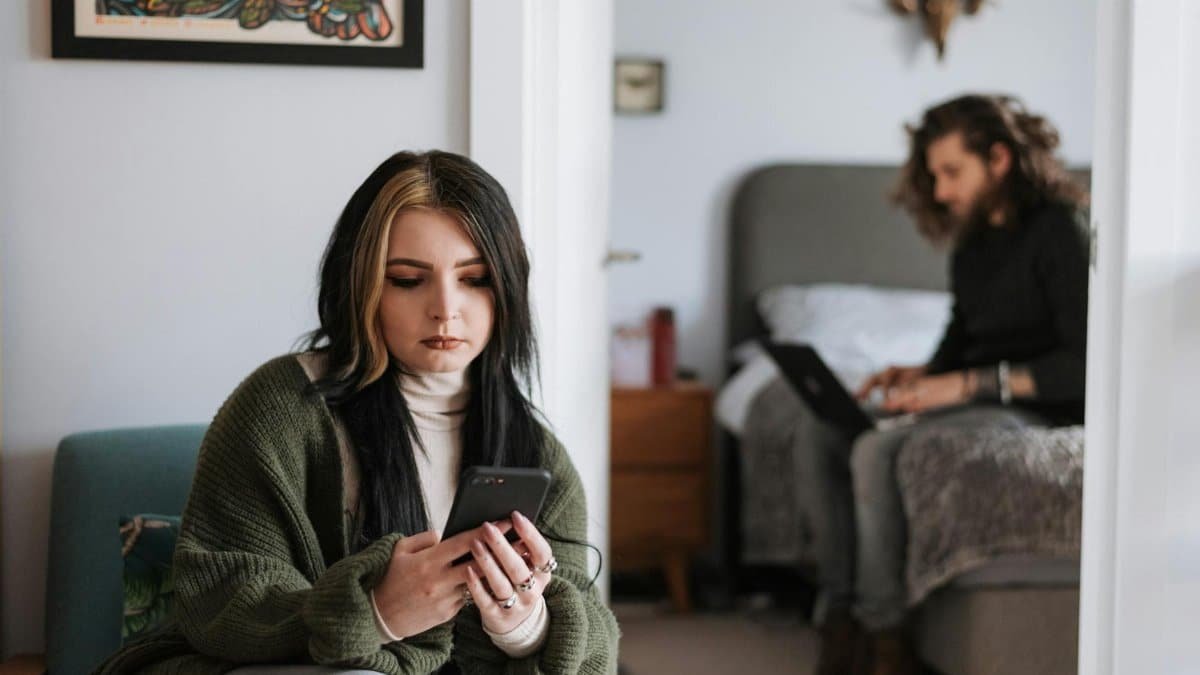Imagine a quiet Saturday morning, the kind where the world seems to slow down just enough to notice. Two partners sit at a kitchen table, coffee mugs in hand, phones nowhere in sight. For the first time in weeks, their conversation isn’t punctuated by notifications or the urge to check a screen. This scene, increasingly rare in 2025, captures the essence of a couple digital detox—a deliberate break from technology to reconnect with each other. Across the U.S., more couples are recognizing the strain that constant connectivity places on relationships. The endless scroll, the late-night emails, the half-listened-to conversations—they add up. But stepping away, even for a weekend, can shift the dynamic. What does it take to make this work? A focused 48-hour plan might be the answer, offering a practical way to reset habits and rebuild presence.
Why Couples Need a Digital Break Now

The numbers tell a stark story. A 2023 study from Pew Research Center found that 81% of Americans own a smartphone, with many admitting to checking it within minutes of waking. For couples, this translates to less eye contact, fragmented conversations, and a creeping sense of disconnection. Relationship experts note that technology, while a tool for staying in touch, often competes with intimacy. Dr. Sherry Turkle, in her work at MIT, has long warned of the “alone together” phenomenon—being physically close but emotionally distant due to screens. In 2025, with remote work and social media use still climbing, the stakes feel higher. A couple digital detox isn’t just a trendy escape; it’s a necessary pause to reclaim shared time before small irritations turn into lasting rifts.
Setting the Stage for a 48-Hour Reset
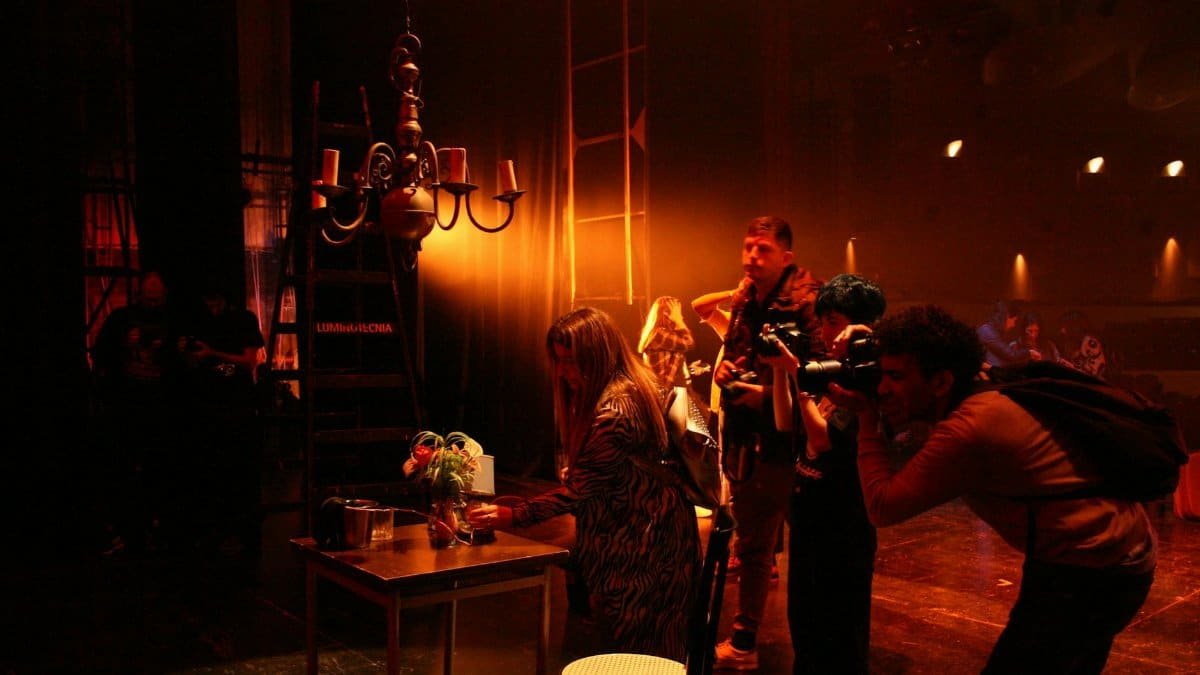
Before unplugging, preparation matters. Start by agreeing on the “why” behind the detox. Is it to talk more? To ease tension? One couple, after months of bickering over screen time during dinner, decided their goal was simply to listen—really listen—without distraction. Next, set boundaries. Will all devices be off, or just personal ones? Decide on a safe spot for phones—think a drawer or a box out of reach. Communicate with family or work about limited availability; a quick “we’re offline this weekend” text prevents emergencies from derailing the plan. Finally, plan a rough schedule. It doesn’t need to be rigid, but having a few activities—like a walk or a shared meal—helps fill the void left by scrolling. The goal isn’t to ban technology entirely but to control its role for 48 hours.
The First Hours: Navigating the Unfamiliar Quiet

Saturday morning often feels strange without a phone in hand. The urge to check notifications can be almost physical—an itch that doesn’t scratch. For many, the first few hours of a couple digital detox reveal how tethered daily rhythms are to tech. One partner might fidget, unsure how to start the day without a news app. The other might stare out the window, realizing they’ve forgotten what boredom feels like. This discomfort is normal, even expected. A 2021 report from American Psychological Association highlights how digital habits rewire attention spans, making stillness feel alien. The trick is to lean into it. Make breakfast together. Talk about nothing important. Let the awkward silences linger—they often lead to unexpected conversations.
Filling the Day with Intentional Connection
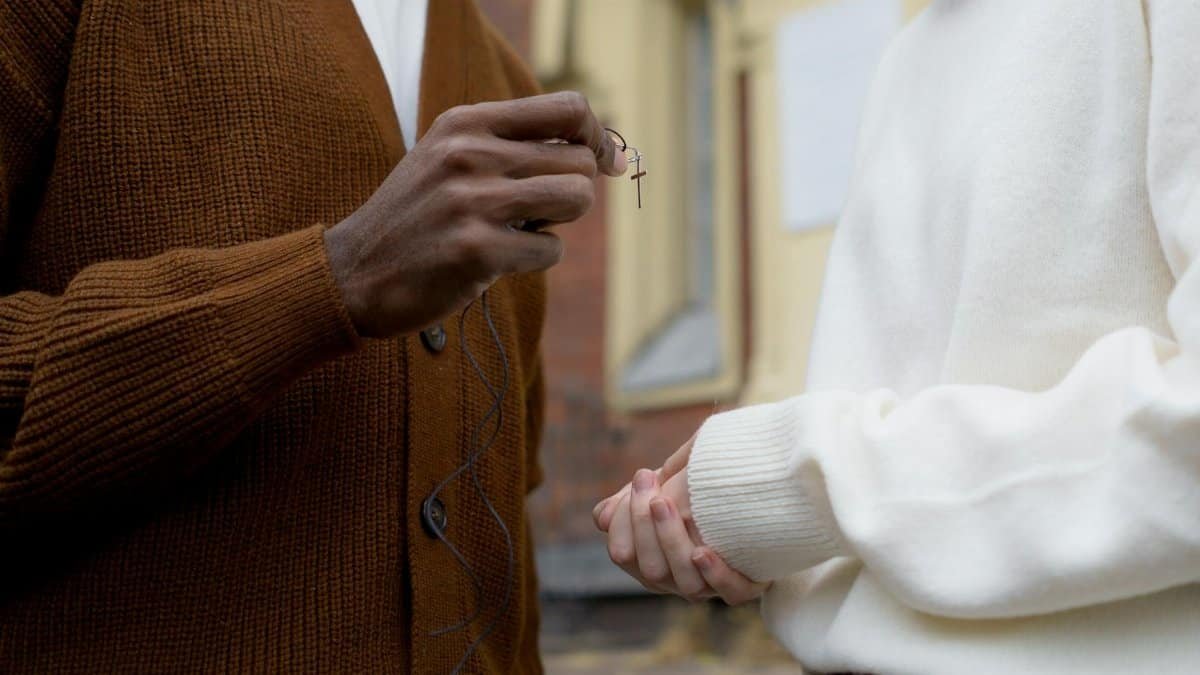
Once the initial unease passes, the day opens up. Without screens, time stretches in a way that feels almost forgotten. Try a long walk, noticing details—the sound of leaves, the way light hits a building—that a phone camera might have captured instead of memory. Or tackle a small project, like organizing a shelf, where teamwork replaces solo scrolling. One couple described rediscovering an old board game in their closet, laughing over rules they barely remembered. These moments don’t need to be grand; they just need to be shared. Research from Psychology Today suggests that joint activities, even mundane ones, build stronger emotional bonds by fostering cooperation. The key is presence, not perfection.
Evening Reflections: What’s Missing, What’s Gained
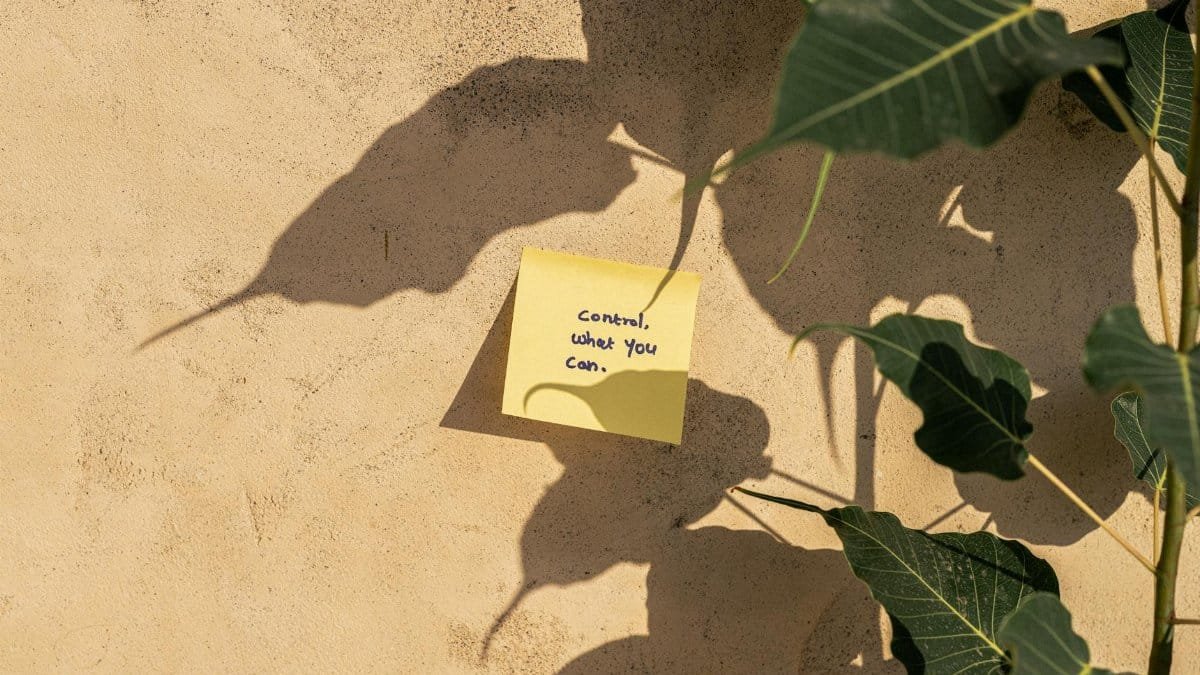
As Saturday winds down, something shifts. Dinner feels slower, more deliberate, without the glow of a screen on the table. Conversations might meander—stories from years ago, half-forgotten dreams, or just quiet observations about the day. But there’s also space to notice what’s missing. No late-night doomscrolling. No mindless streaming. A 2022 study by National Institutes of Health linked heavy social media use to increased anxiety, particularly before bed. Without that digital noise, sleep often comes easier. Couples report feeling a subtle relief, as if a background hum they didn’t even notice has finally stopped. This evening pause is a chance to ask: What do we want more of tomorrow? What can we leave behind?
Day Two: Building on the Momentum

Sunday morning brings a different energy. The initial restlessness of a couple digital detox often fades, replaced by a tentative ease. Some find themselves reaching for a phone out of habit, only to remember it’s tucked away. Others wake up feeling lighter, unburdened by the usual influx of texts and alerts. Use this day to deepen the connection. Maybe it’s a lazy brunch with no rush to check emails, or a drive to nowhere in particular, just to talk. One anonymous account shared online described this second day as “like dating again”—a rediscovery of small gestures, like holding hands without a device in the other. The goal isn’t to solve every relationship issue in 48 hours but to plant seeds of awareness about how tech shapes daily life.
Reintegrating Tech with New Boundaries

As the weekend closes, the return to devices looms. It’s tempting to dive back in, catching up on missed messages or social feeds. Resist that pull. Ease back slowly—check essentials like work emails, but delay the endless scroll. More importantly, carry forward a lesson or two. Maybe it’s a no-phones-at-dinner rule. Maybe it’s a weekly hour of unplugged time. Couples who’ve tried this often find that even small changes stick. The 48-hour detox isn’t a permanent fix, but it’s a mirror, showing where tech oversteps. Reflect together: Which habits felt freeing to drop? Which ones are worth rethinking? This reintegration is less about rules and more about choice—deciding, as partners, what role technology should play moving forward.
The Bigger Picture: Why This Matters in 2025
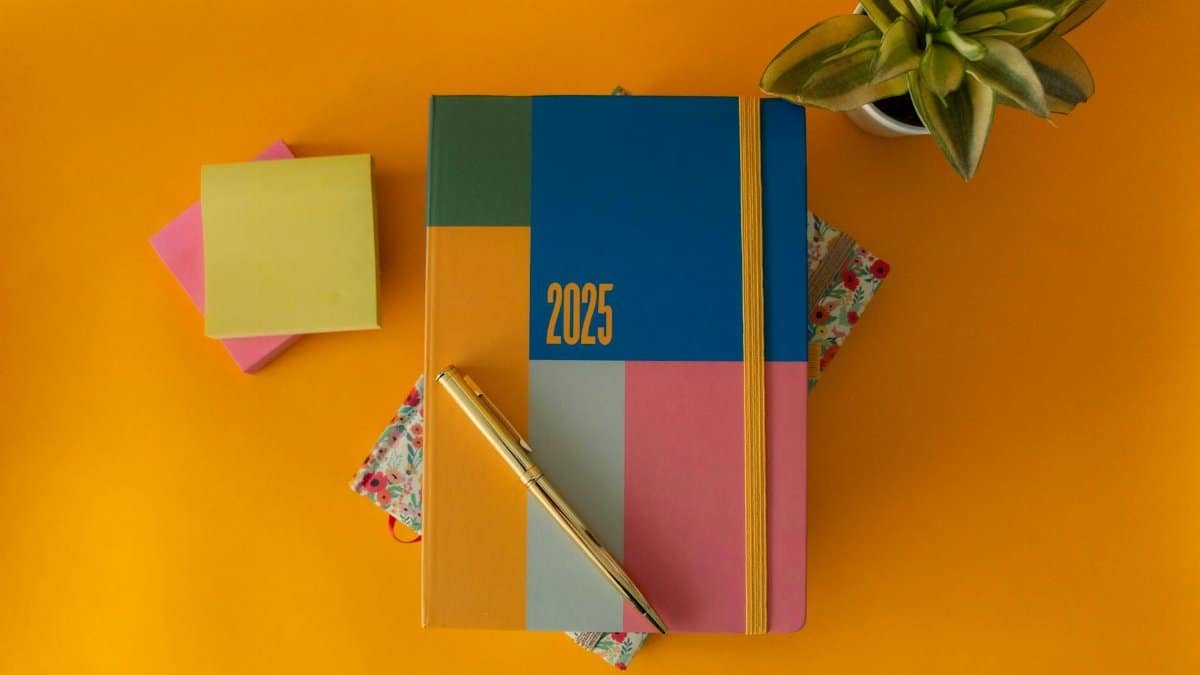
Stepping back from screens for a weekend isn’t just personal; it’s a quiet rebellion against a culture that demands constant availability. In 2025, with digital overload at an all-time high, relationships bear the brunt. Therapists report more clients citing tech as a source of tension—silent dinners, ignored texts, or comparisons fueled by curated online lives. A couple digital detox, even a brief one, pushes back. It’s a reminder that connection doesn’t require a Wi-Fi signal. It’s messy, imperfect, and human. For middle-aged couples especially, who often juggle work, family, and aging tech habits, this reset can feel like a lifeline. It’s not about ditching devices forever. It’s about making room for what’s right in front of you, before the notifications win again.
